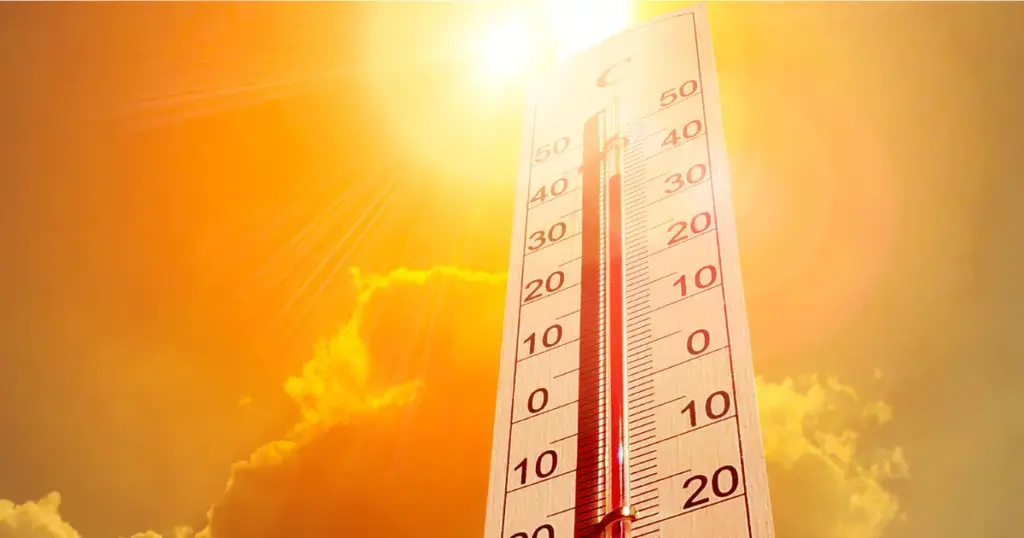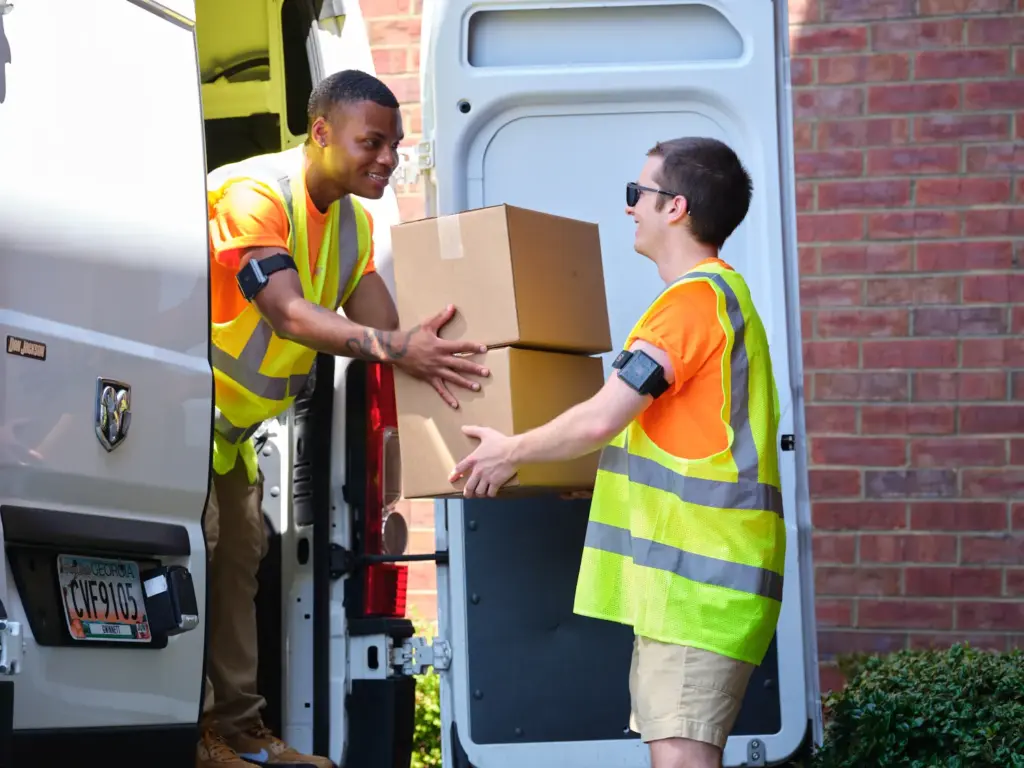The summer months can be a challenging time for many industries, especially those working outdoors, like first responders and the military. As temperatures soar, so does the risk of heat-related incidents and illnesses among workers. Conducting a heat season lookback is essential for understanding the effectiveness of your current heat stress program.
Gaining a better understanding of your current program involves evaluating key indicators that signify the success or failure of the program, such as the number of heat-related incidents, employee feedback and the physiological response of employees. Understanding these elements is crucial as it not only helps in ensuring the well-being of your employees but also aids in optimizing their performance during the summer.
5 Key Adjustments for Your Heat Stress Program
Identifying what worked well and what didn’t is essential to adjusting for the following heat season. Here are some key things to look for:

#1 Number of Heat-Related Incidents
The most straightforward indicator of the effectiveness of your heat stress program is the number of heat-related incidents recorded. This includes heat strokes, heat exhaustion and other heat-related illnesses.
A military training facility might record several cases of heat exhaustion during summer drills. If the number of these cases decreases compared to the previous year, it is a positive sign that the heat stress program implemented is working effectively. Conversely, an increase in the number of incidents indicates that there may be gaps in the program that need addressing.

#2 Employee Feedback
Collecting feedback from employees is crucial for understanding their experiences and identifying potential areas for improvement. Conduct surveys or interviews to gauge their satisfaction with the current heat stress prevention measures, and ask for suggestions on what can be improved.
Pay special attention to feedback from workers in particularly hot or physically demanding environments, like first responders who often work in high-stress and high-temperature environments. For instance, firefighters battling wildfires often work in extremely hot and demanding conditions, while wearing heavy personal protective equipment (PPE), making their feedback invaluable for improving heat stress prevention measures.

#3 Physiological Response of Employees
Monitoring the physiological response of employees, such as heart rate, core body temperature and exertion levels, can provide valuable insights into how well your heat stress program is working. Advanced wearable technology, like the products offered by SlateSafety, can help in collecting and analyzing this data in real-time.

#4 Compliance with Safety Thresholds
Ensure that your program aligns with the recommended safety thresholds from organizations such as the American Conference of Governmental Industrial Hygienists (ACGIH®). Regularly check that your program complies with these recommendations and make any necessary adjustments.
For example, a manufacturing plant must adhere to specific safety thresholds related to heat exposure. Regular audits and checks to ensure compliance with these thresholds are essential for the success of their heat stress program.

#5 Environmental Monitoring
Monitoring environmental factors like ambient temperature, relative humidity and heat index is essential for assessing the risks faced by your employees. Compare this data with the recorded incidents and physiological responses to identify any correlations and make necessary adjustments to your program.
For instance, in the military, soldiers often undergo rigorous training in various environmental conditions. Monitoring the environmental factors during these training sessions and comparing them with the physiological responses of the soldiers can provide valuable insights into the effectiveness of the heat stress program.
Optimizing Performance with SlateSafety®
Evaluating the key indicators of your heat stress program’s success or failure is crucial for ensuring the well-being and optimal performance of your employees. However, many of the key points discussed above rely on real-time data not available to companies that haven’t begun leveraging the power of modern heat stress prevention technology.

Implementing advanced wearable technology, like the products offered by Slate Safety, can significantly enhance your ability to monitor and protect your employees from heat-related incidents and illnesses. Slate Safety’s armbands measure critical safety data like heart rate, core body temperature and exertion levels. This comprehensive view of a worker’s well-being in hot conditions helps in the early detection of heat strain and allows for early intervention to prevent heat-related incidents.
Additionally, SlateSafety’s technology provides real-time safety alerts and automated work/rest cycles to ensure workers are not overexerted in hot conditions. Features like emergency SOS alerts, fall and no-movement alerts and configurable behavior provide added safety for lone workers. Moreover, the real-time location (RTLS) function allows monitoring of indoor and outdoor worker location and incident localization.
With SlateSafety, leaders can monitor real-time data, configure alert thresholds, and receive analytics on workers’ safety through SlateSafety’s web, iOS, and Android applications. This helps organizations keep their workforce safe, save money on potential injuries and related fines, and optimize performance during the hot season.
Taking The Next Step
Evaluating the effectiveness of your heat stress program and making necessary adjustments for the upcoming heat season is crucial for continuous program improvement. Key indicators like the number of heat-related incidents, employee feedback, physiological responses, and environmental monitoring provide valuable insights into the success or failure of your program.
As we prepare for the upcoming heat season, now is the time to conduct a thorough evaluation and make necessary adjustments to your heat stress program. Explore how SlateSafety can help enhance the effectiveness of your program and ensure the well-being and optimal performance of your employees. Your workforce is your most valuable asset; invest in their safety and well-being today.
About SlateSafety
SlateSafety, a pioneering technology startup from Atlanta, GA, is paving the way in the Connected Safety revolution. They aim to deliver robust, trustworthy, and user-friendly safety systems to high-risk industrial settings, prioritizing the worker’s safety. Their innovative product, BAND V2, epitomizes this, offering a wearable Industrial Internet of Things (IIoT) device designed to be worn on the arm. This device provides instantaneous alert notifications and examines historical data trends, enabling safety experts to step in before potential incidents occur and pinpoint operational inefficiencies in work processes.
BAND V2 was recently honored by TIME as one of the ‘Best Inventions of 2021‘. In addition, SlateSafety has received more than $2M in funding from organizations such as the National Science Foundation and the United States Air Force to develop its IoT platform. For more information, go to www.slatesafety.com.

